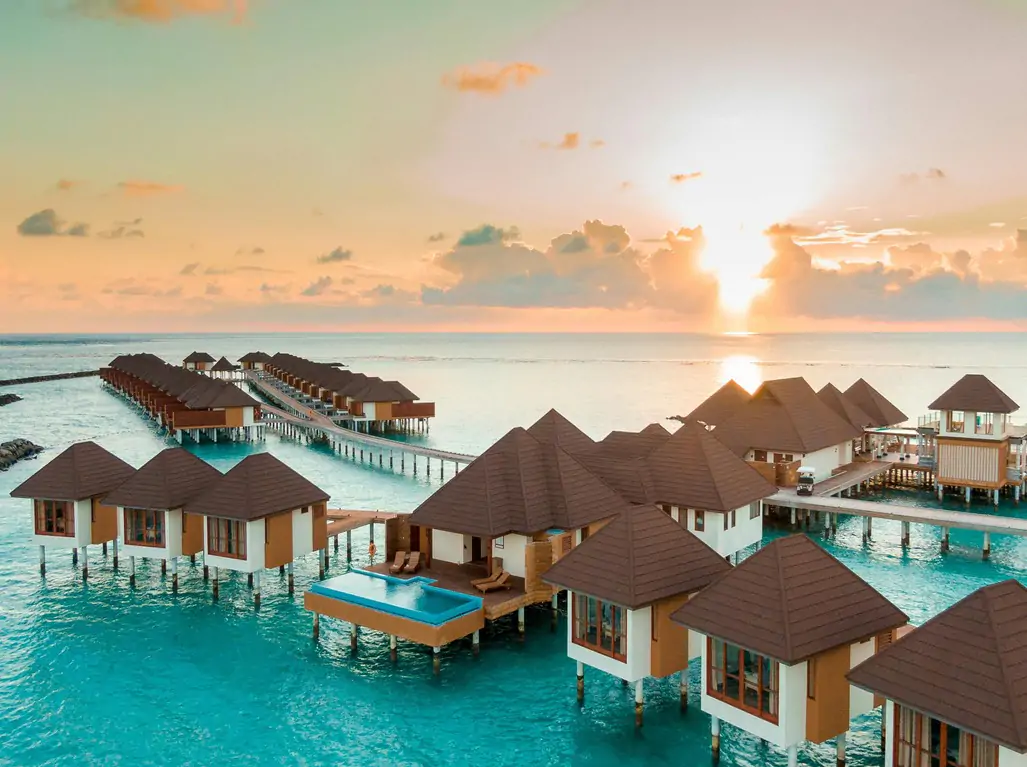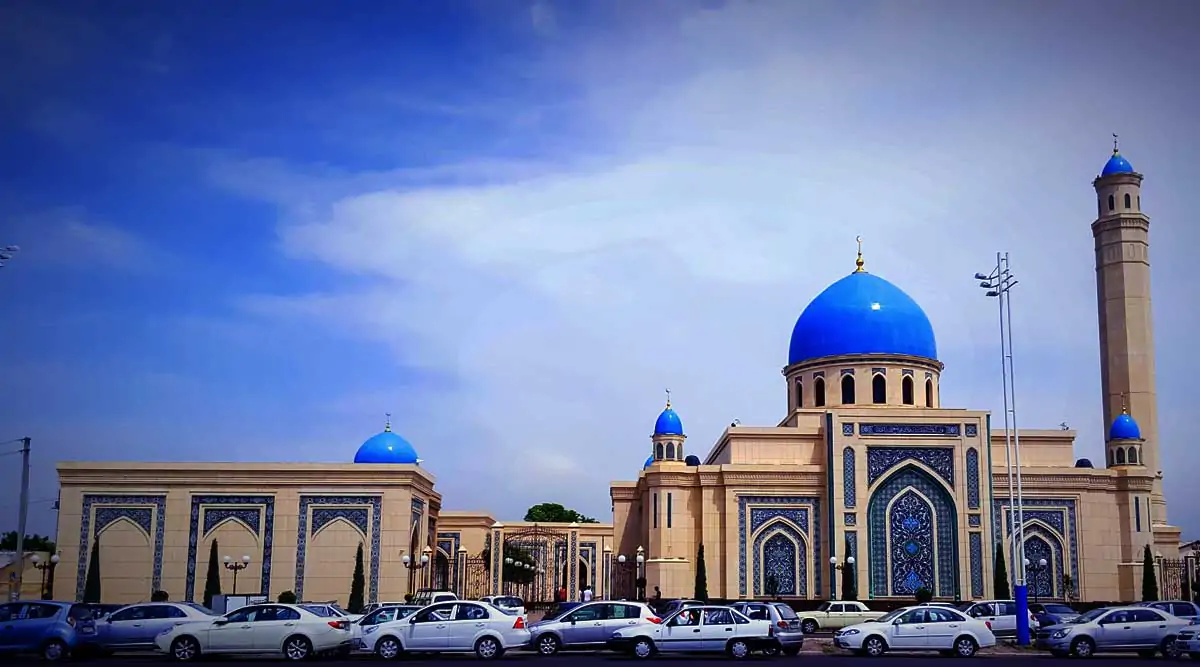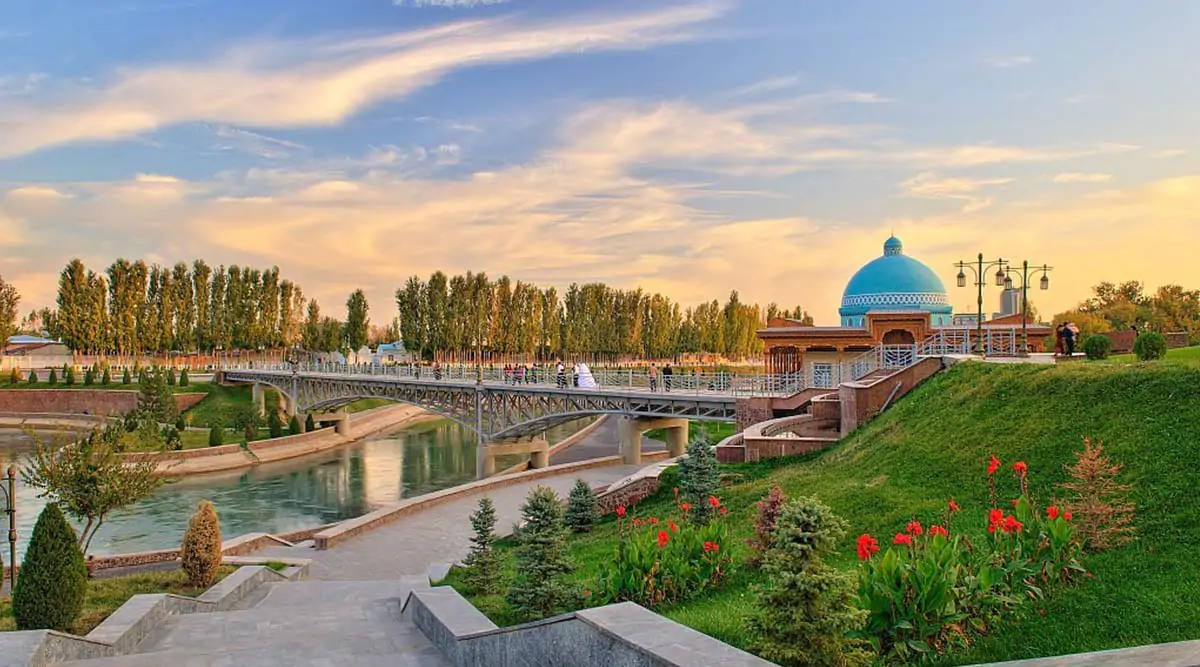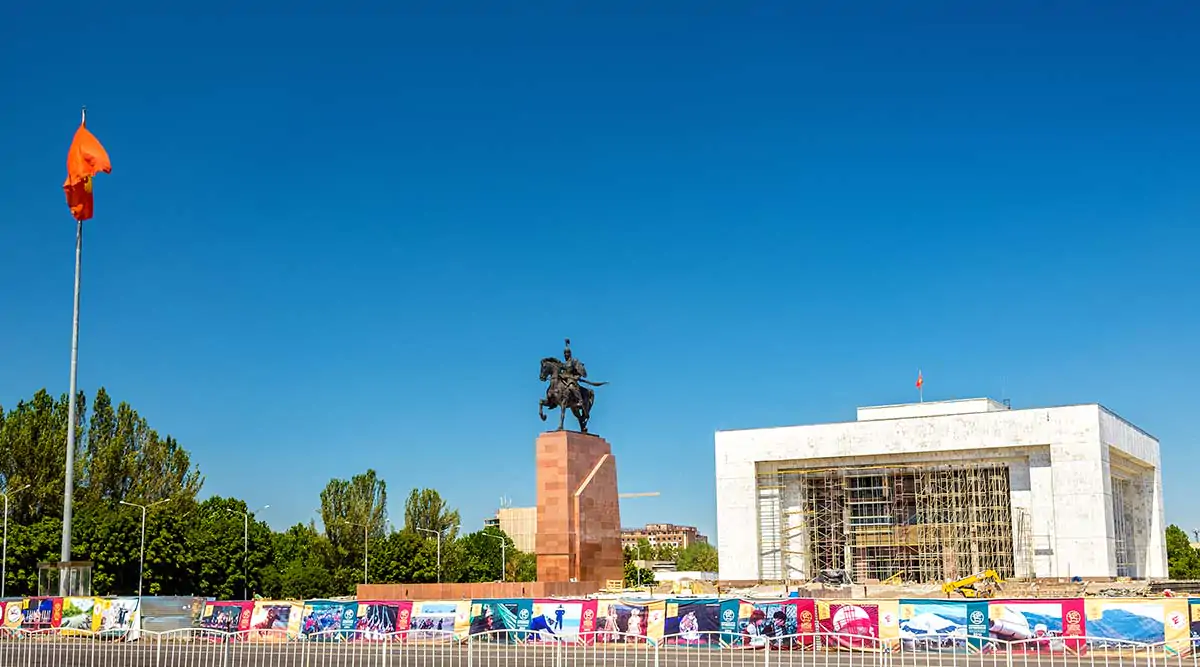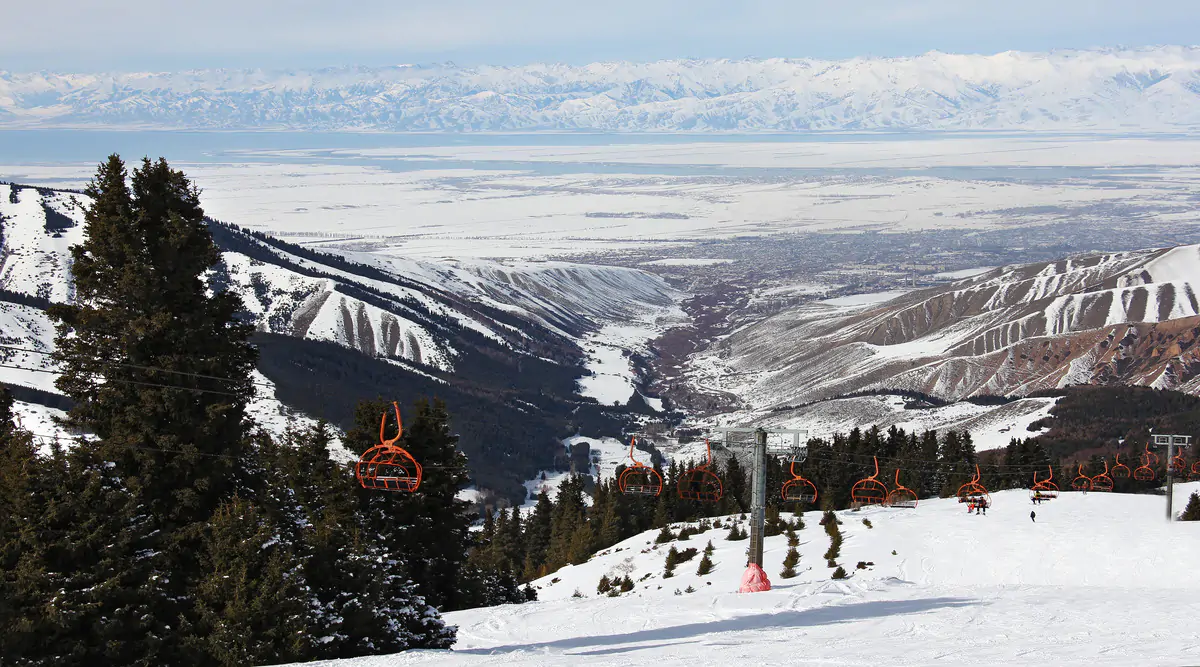Maldives Tour Package – Sheraton Maldives Full Moon Resort & Spa 04Nights / 05Days
Destination Details
- Food
- Sight Scene
- Travel Guide
- Transport
Package Overview
Sheraton Maldives Full Moon Resort & Spa is situated on it’s own private island surrounded by tropical landscaping and turquoise lagoons. With 176 guest rooms reflecting the tropical destination featuring the Sheraton Sweet Sleeper Bed. Facing the sunrise with spectacular views of the Indian Ocean are 20 Ocean Villas offer large bathrooms, comfortable living spaces and luxurious outdoor living areas complete with infinity edge plunge pools.Sheraton Maldives is just a 15-minute boat ride from Malé International Airport.
Arrive at Male
Arrive in Male and transfer by speedboat to your resort and check in. Enjoy rest of the day at leisure at your resort in the Maldives. Maldives is an island paradise famous for its pristine beaches surrounded by dazzling aquamarine waters with intricate coral reefs and exotic Underwater fauna. Overnight at Resort.
Meals:
Day free at Leisure
This morning after breakfast, take a optional tour and wander around Males National museum, located in Sultan’s park, which possesses a superb collection of artefacts, including Sultanese thrones and palanquins. Another sight worthy to see is the beautiful century Hukuru- Friday Mosque , the Islamic center topped with a magnificent golden globe. Enjoy browsing through the fish and local markets. Later in the evening return back to the resort for an overnight stay.
Meals:Breakfast
Day free at Leisure
This morning after breakfast, move out to explore the beautiful island beach resort. Maldives is a paradise for adventures and sports lovers. Go for water skiing, jet skiing, windsurfing, water surfing, snorkeling, sailing and parasailing or enjoy beach volleyball and basket ball. OR why not take our optional tours. Enjoy an island Hopping tour or choose from a morning line-fishing excursion, big game fishing in a speed boat or a night fishing trip, finishing up with a barbeque at the resort to enjoy the catch of the day. Later in the evening return back to the resort for an overnight stay.
Meals:Breakfast
Day free at Leisure
This morning after breakfast, move out to explore the beautiful island beach resort. Maldives is a paradise for adventures and sports lovers. Go for water skiing, jet skiing, windsurfing, water surfing, snorkeling, sailing and parasailing or enjoy beach volleyball and basket ball. OR why not take our optional tours. Enjoy an island Hopping tour or choose from a morning line-fishing excursion, big game fishing in a speed boat or a night fishing trip, finishing up with a barbeque at the resort to enjoy the catch of the day. Later in the evening return back to the resort for an overnight stay.
Meals:Breakfast
Departure
After the breakfast. Check out from the Hotel and transferred to the Airport by speed boat/Sea Plane for the flight back to home.
Meals:Breakfast
- 04 Nights Accommodation on Twin Sharing basis
- Including Breakfast
- Airport/Hotel return Speed Boat Transfers
- All current Taxes
- Airfare & VISA
- Tips.
- Tips to guide and driver
- Expenses of Personal Nature;
- Anything not Mentioned in the package inclusions;
Travel Guide

- MALDIVES
- MALÉ
- 300 KM²
- 34°C, WIND
- 4:10 PM
- MALDIVIAN RUFIYAA
- DHIVEHI
- 345,023
General Information Maldives
The Maldives is a tropical nation in the Indian Ocean composed of 26 coral atolls, which are made up of hundreds of islands. It’s known for its beaches, blue lagoons and extensive reefs. The capital, Malé, has a busy fish market, restaurants and shops on Majeedhee Magu and 17th-century Hukuru Miskiy (also known as Old Friday Mosque) made of coral stone.

Geography
Area: 298 sq. km. (115 sq. mi.), over 1,100 islands; twice the size of Washington, DC. Cities: Capital--Male (pop. 100,000). Terrain: Flat atoll islands. Climate: Hot and humid.
People
Nationality: Noun and adjective--Maldivian(s). Population (2011 est.): 325,000 (plus 100,000 expatriate workers who are not counted in the census). Population growth rate: 1.66%. Population growth rate has dropped dramatically in recent years. Ethnic groups: Maldivians. Religion: Sunni Islam. Languages: Dhivehi (official); many government officials speak English.
History
The Republic of Maldives is a group of atolls in the Indian Ocean about 417 mi (671 km) southwest of Sri Lanka. Its 1,190 coral islets stretch over an area of 35,200 sq mi (90,000 sq km). With global warming and the shrinking of the polar ice caps, the Maldives is directly threatened, as none of its islands rises more than six feet above sea level. The Maldives (formerly called the Maldive Islands) were first settled in the 5th century B.C. by Buddhist seafarers from India and Sri Lanka. According to tradition, Islam was adopted in 1153. Originally, the islands were under the suzerainty of Ceylon (now Sri Lanka). They came under British protection in 1887 and were a dependency of then-colony Ceylon until 1948. An independence agreement with Britain was signed July 26, 1965. For centuries a sultanate, the islands adopted a republican form of government in 1952, but the sultanate was restored in 1954. In 1968, however, as the result of a referendum, a republic was again established in the recently independent country. Ibrahim Nasir, the authoritarian president since 1968, was removed from office and replaced by the more progressive Maumoon Abdul Gayoom in 1978. Gayoom was elected to a sixth five-year term in 2003.
ADDU ATOLL/NORTH MALE ATOLL
TAddu Atoll is the main economic and administrative centre in the south of the country, and the only place to rival Male’ in size and importance. Its 28, 000 people spread out over seven inhabited islands is a huge number in the Maldives. With the airport being upgraded at the time of writing to accommodate long-haul flights and the huge, luxury Shangri-La resort being built on the nearby island of Viligili, the region will play an important role in the future development of the Maldives’ travel market. There is an independent streak in the Addu folk – they even speak differently from the people of Male’. Tensions came to a head in the 1960s under the leadership of Abdulla Afif Didi, who was elected president of the ‘United Suvadiva Islands’, comprising Addu, Foammulah and Huvadhoo. Afif declared independence from the Maldives, but an armed fleet sent south by Prime Minister Ibrahim Nasir quashed the short-lived southern rebellion. Afif fled the country, but is still talked about on his home island of Hithadhoo. He went to live in the Seychelles, where he ultimately rose to the position of foreign minister.
The biggest influence on Addu’s modern history has been the British bases, first established on Gan during WWII as part of the Indian Ocean defences. In 1956, when the British could no longer use Sri Lanka, they developed a Royal Air Force base on Addu as a strategic Cold War outpost. The base had around 600 personnel permanently stationed here, with up to 3000 during periods of peak activity. The British built a series of causeways connecting Feydhoo, Maradhoo and Hithadhoo islands and employed most of the population on or around the base. In 1976 the British pulled out, leaving an airport, some large industrial buildings, barracks and a lot of unemployed people who spoke good English and had experience working for Westerners. When the tourism industry took off in the late 1970s, many of the men of Addu went to Male’ to seek work in resorts and tourist shops. They have never lost their head start in the tourism business and to this day, in resorts all over the country, there’s a better than even chance that the Maldivian staff will be from Addu. Bannana Reef, Victory museum and Maldive Victory are the hot tourist destinations and offers various activities.
SOUTH ARI ATOLL
Set in the middle of the Indian Ocean, this pearl-like thread of tropical islands is picture-book perfect. We’re talking pure white sand and palm-fringed shorelines. And because the islands are surrounded by turquoise lagoons, the fabulous scenery isn’t just restricted to dry land. Reefs teeming with aquatic eye-candy and exotic corals halo each one. Plus, the waters are bath-warm and as clear as Bombay Sapphire - perfect conditions to take in the underwater theatrics. Of the 12,000 islands in the South Atoll, around one in ten of them are inhabited and less than half of them have any tourist development. Plus, of those that do, there’s usually room for just one hotel.
In fact, Malé, the capital, occupies one island and its airport another! Because of this, the resort islands become worlds in themselves. And while some of the larger ones serve up several restaurants, state-of-the-art spas and a fantastic selection of watersports, life here is still all about stripped down simplicity. Bright blue skies, year round sunshine and natural good looks are the three main ingredients. On the entertainment front, things are pretty low-key, but that’s all part of the charm. You’ll find the closest thing to a sightseeing trip is a leisurely ride in a dhoni to find the perfect picnic spot. The after-dark scene, meanwhile, is pretty hotel-centric. Think laidback live music, cabaret shows and open-air beach bars.
MALE
Male is interesting to visit mainly for a taste of Maldivian life more than for its inherent wealth of things to see and do. Independent travellers (or FITs as they are known locally) will find that this is a place they see a lot of – it’s also one of the few places where palm trees and sandy beaches aren’t on the menu. Male is pleasant and pleasingly quirky – its alcohol-free bars and restaurants jostle with its incredible array of shops and lively markets (imagine that in this tiny space all imports into the country are administered and sold) and the general hubbub of a capital is very much present. This is a chance to get a real feel for the Maldives, what makes its people tick and to meet Maldivians on an equal footing.

People Of Maldives
People of Maldives Island are very warm and friendly. They have a strong faith in Islam. Highly spiritual and dedicated, Maldives people have a great respect towards each other and outside visitors. Maldivians reflect a blend of tradition and modernity. Intelligent and hardworking, they have been making significant contributions in the economy of the nation. Maldivian people set a perfect example of generosity, trustworthiness, friendship & hospitality. When a newcomer visits their place, the chief of the island offers him/her a cold coconut drink and a nutritious snack, usually made of seafood. People residing here belong to different backgrounds. Majority of the people are Sunni Muslims. Children are motivated to endeavor for higher education. Outstanding women hold strategic positions in the Government and strive hard to serve their nation and people. During the time of festivities, people are in their full mood of celebration with men, women, kids singing, dancing and enjoying themselves.
When to go
The Maldives specializes in winter sun for Europeans, making high season December to April, when the islands enjoy the dry monsoon with little rain and lower humidity while Europe shivers. February to April is the hottest period and resorts are almost all operating at capacity during this period. Mid-December to early January comes at even more of a premium due to Christmas and New Year and prices are even higher. Easter and the Italian holiday week in August also attract peak prices at most resorts, especially the Italian-oriented ones. From May to November is the period when storms and rain are more likely. It’s still warm, but skies can be cloudy and the humidity is higher. This is the low season, with fewer people and lower prices, with the exception of August. Diving is good year-round, although a basic rule is that life on the reef is more varied and visibility better on the western side of any atoll from May to November and from the eastern side of any atoll December to April. This means you’d be wise to choose your resort accordingly. The surfing season runs from March to October, which is great as this is when resorts are cheapest. There is no bad time to visit the Maldives, although if you’re interested in spending time in Male’ or any other inhabited islands, Ramazan is a time to avoid as restaurants are closed and people aren’t always at their most receptive.
Weather
The Maldives has a tropical climate distinguished by two seasons, or monsoons: the dry northeast monsoon from December to March, and the wet southwestern monsoon from May to November, with more strong winds and rain. April is a transitional period noted for clear water and heat. The temperature remains remarkably consistent at around 30°C.
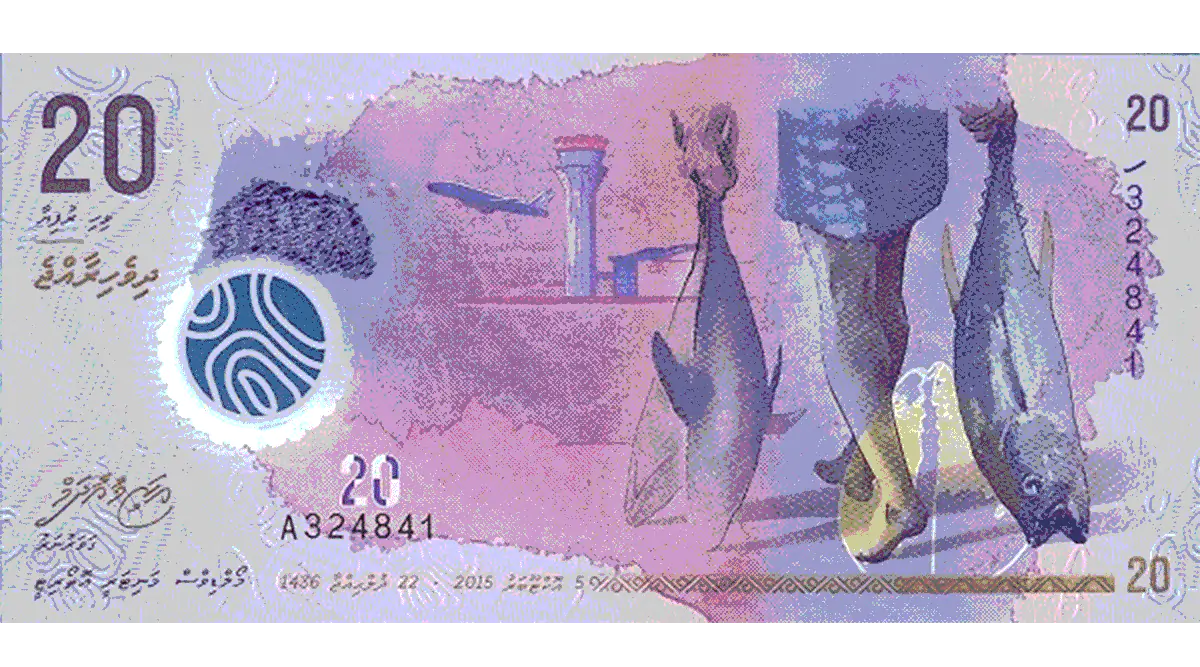
Currency Of Maldives
The currency of the Maldives is called the Rufiyaah, which is linked to the dollar at around 12.75 Rufiyaah to the dollar. However, most resorts and many local islands will accept the dollar (bring small denominations such as $1, $5 and $10) as payment. Larger resorts also take Euros, pounds sterling, yen and other major currencies - so check with your resort before converting money into local currency because you usually will not need to. If you try to pay your room bill at large resorts in rufiyaah, the resort might convert it back to dollars, so you effectively lose out twice on the exchange rate. Banks are all located in Male and some of the larger inhabited islands. You won't find banks or ATM machines at resorts or smaller local islands. Small shops on local islands are unlikely to be able to accept credit card payment for goods, so make sure you have enough cash to cover your shopping needs before you leave your resort. Some resort islands will cash travelers’ cheques for dollars, but will charge you a hefty commission.

Nightlife in Maldives
Many people say that there is no nightlife in Maldives but this depends on your definition of nightlife. Well, the country is Muslim dominated and so you should not expect to see much of the night parties as such. However, there are bars and night clubs that can give you some taste of the night life. Occasionally there are some romantic beach parties and some of the beaches and some resorts have live band music. The Maldives is definitely not the ideal destination if you are looking for late-night bars and discotheques that stay open until the early hours. If that’s what you are looking for, you should think about choosing another destination. However, you can find a little Maldives nightlife at most of the resorts, which usually have at least a couple of bars and some have nightclubs where you can while away the evening listening to great music, sipping exotic tropical cocktails and enjoying some of the most civilised company in the world. Some fabulous Bars & Club are shown above:
Sundowners Bar Bandos,
The Sundowners Bar at Bandos is arguably the best place in the whole country for watching the sunset. This elegant, over-water thatched bar is open daily from 7.30 a.m until midnight.
Sails Bar at Baros Maldives
Sails Bar at Baros is a gorgeously decorated bar, with an open side affording drinkers incredible views of the island and water. Sails is open all day long, and is the perfect place to escape out of the sun for a relaxing tipple at any time of the day.
Club Med Maldives
Club Med is one of the Maldives’ more lively resorts, with a variety of bars and nightclubs, making it a more appropriate choice for people craving a little action after dark. Sunset Bar and Grill, Conrad Rangali Island Resort.
Sunset Bar and Grill at Conrad Maldives
The Conrad Maldives Rangali Island is one of the Maldives’ most upmarket resorts. They have a gorgeous over-water bar, aptly named the Sunset Bar and Grill.
Other Bars in the Maldives
It goes without saying, there are plenty more bars in the Maldives. In fact, there are two or three, sometimes more, at each and every resort, so no matter where you stay you will never be far from an ice cold beer. If you find a bar you really like, why not tell us about it and we can add it to our listings.
Language Of Maldives
Talking about the Maldives languages, Dhivehi is the main language spoken in Maldives. The language is widely used for conversing with people. Since, it involves the use of many English, Hindi and Arabic words, it seems to resemble various languages spoken in Sri Lanka, South East Asia and North India. Read on to know more about the common languages of Maldives In the earlier times, people spoke "Elu", a language that was basically a form of ancient Singhalese language. This language underwent a lot of transformations and gave rise to the Dhivehi language of today. Dhivehi is written from left to right. In the olden days, the language was inscribed on the copper plates, popularly known as the "Loamaafaanu". Other languages spoken in Maldives include English, which is also recognized as the second main language. Initially, Dhivehi was used as the medium of teaching in schools, but the need to promote higher education led to the conversion of syllabus in English. Now, English is widely spoken by the locals of Maldives.

Fun Island Resort
Colombo
Maldives,Colombo
Kaafu Atoll, Maldives Fun island Maldives, just as the name suggest, is an abode of absolute fun, frolic and laughter. You can simply set your feet into the island, and aquamarine waters with rich sea life underneath with welcome you immediately in its haven of perfect happiness.Situated in South Male Atoll, Fun Island is just a 45 minutes speedboat drive from the Male International Airport. You can also travel in Dhoni, which takes 150 minutes to reach Fun Island Maldives. The drive in Dhoni is simply thrilling, as you cruise luxuriously through the blue waters, you can often view the dolphins playing here and there. Both day and night transfers to Fun-Island Maldives are available.Fun Island is splendid for offering an array of activities that fills you with absolute fun and laughter.

Bandos Maldives
Colombo
Maldives,Colombo
Unnamed Road, Maldives With over 180,000 sqm of land, guests are free to roam around the private island or choose to relax within the resort's compound. The island's central location in the North Male Atoll makes this area perfect for diving, with over 40 extraordinary dive sites available. The accommodation comes in many varieties from standard type to water villa, each equipped with a range of standard amenities. Additionally, guests can enjoy a multitude of activities such as snorkeling, windsurfing, catamaran sailing, water skiing, parasailing and wakeboarding. The Bandos Convention Centre is capable of accommodating up to 450 delegates and is one of the most complete and modern conference venues around. For dining, the resort boasts a restaurant, bars and cafe that serve Maldivian game fish, innumerable seafood delicacies, international cuisine and a selection of beverages.










